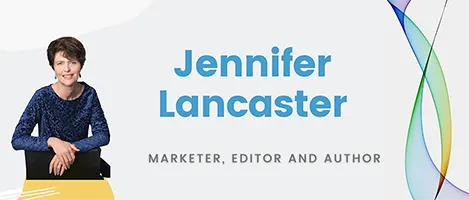Self-Publishing Methods
With self-publishing a non-fiction book, there are two roads to choose from, depending on your aims. So let’s look at some self-publishing methods.
So you want to Sell to Bookstores?
If you believe your book will be pertinent to most traditional bookstore readers, then you could try for a book distributor, e.g. John Reed (through the ASA). Many require at least 3 books per year in publication.
If you do this, you will need to order at least 500 copies minimum, and you’ll have to prepare your efforts (after writing) around six months ahead of launch date. The distributor will expect about 65-70% of the RRP. As an Indie publisher in Australia, you’ll only have a few distributors to try, and the book must be of top quality, with a fairly prominent commercial market.
The other road is to contact local bookstores and stock on consignment and provide some flyer, bookmark or book signing.
For national distribution, expect much work and expense because you’ll have to either do PR a lot (go on the radio, write releases to business media, forge relationships with magazine editors and so on) or hire a book publicist. You may need to pay to advertise in Books+Publishing magazine / Goodreads magazine at a minimum of $300 per ad.
With a book publishing budget of around $5,000 and long-term plan (incl. upfront print order, ISBN, layout, advert, etc), this may be viable for you, if you calculate good profits after say 50% are sold. (You could also approach a niche publisher/small press).
But there is another way.
Maybe you want to Sell to your Audience…
If you speak regularly or you have a huge social media presence (talking thousands here), then you might consider selling books or product to your students or audience. It is particularly good if you have a related email marketing list.
… You can still opt to sell print-on-demand through online bookstores, for a small number of sales.
… You can sell books through your own web store or market stall by using Print-to-Order.
… You can even sell books through Facebook (non-direct) and Amazon, and ebooks through Smashwords, iBooks, B&N Nook, Amazon Kindle, etc. AND
… You can sell books or DVDs at your talks, workshops and seminars. (Get a print order and make more profit).
Print-On-Demand Suppliers
- IngramSpark (Lightning Source’s simple platform) — Great for hardback, nice look to covers, speedy turnaround, expensive to ship small orders.
- Lulu.com — Dip your toe in with POD here, but don’t use their typeset services.
- Amazon KDP and Kindle Print — Some love it, no revision fees, author copy shipping can be expensive and readers must wait 5-15 days.
- Blurb — best for Photo books, fairly expensive print costs. (Can also utilise Ingram distribution through Blurb).
- Barnes&Noble Press — more tailored for a northern hemisphere audience. Not sure.
If any other company is offering print-supplier services, we advise to be on the alert.
Lessen your Risk with Self-Publishing Methods
Self-publishing is fraught with difficulty, yet it can be really good for business or career… so first:
- Get some advice on strategy (covering goals, branding and book channels).
- Pay for editing
- Publicise your work inside your profession
- Get the unpaid blog force to review it.
If you write non-fiction and you’d like help with editing or a marketing plan, please enquire with Jennifer today.
Our course includes production, launch planning and how to write a book pitch and promotion plan. See Book Creation Self-Publish.
Next, read… Self-Publishing Distribution
